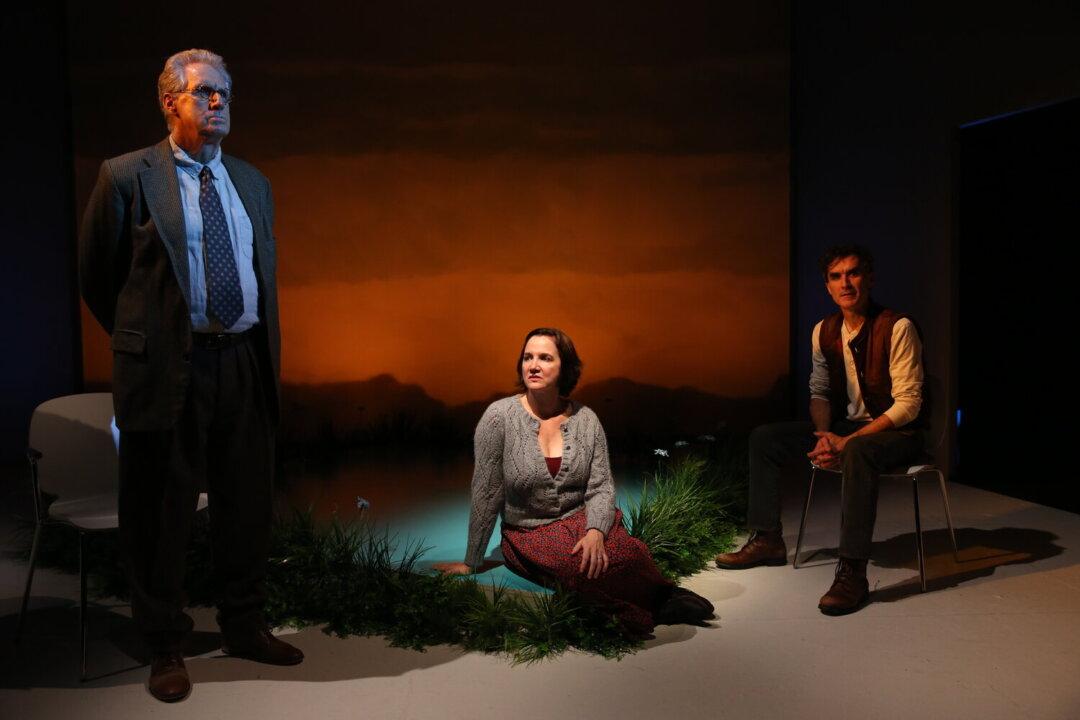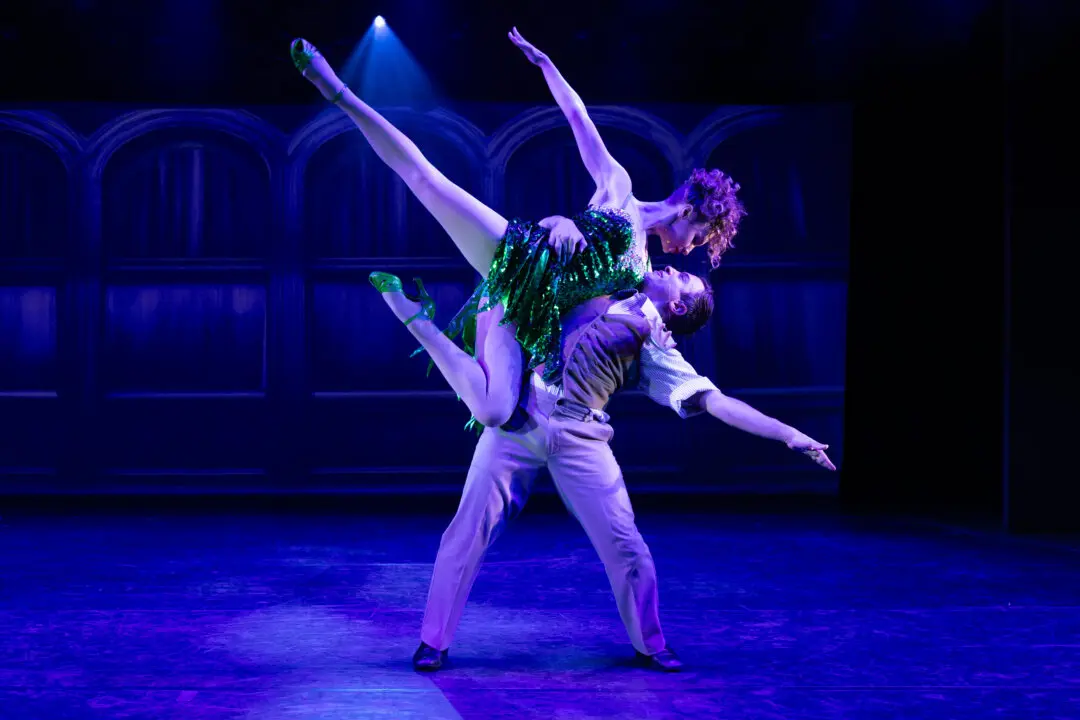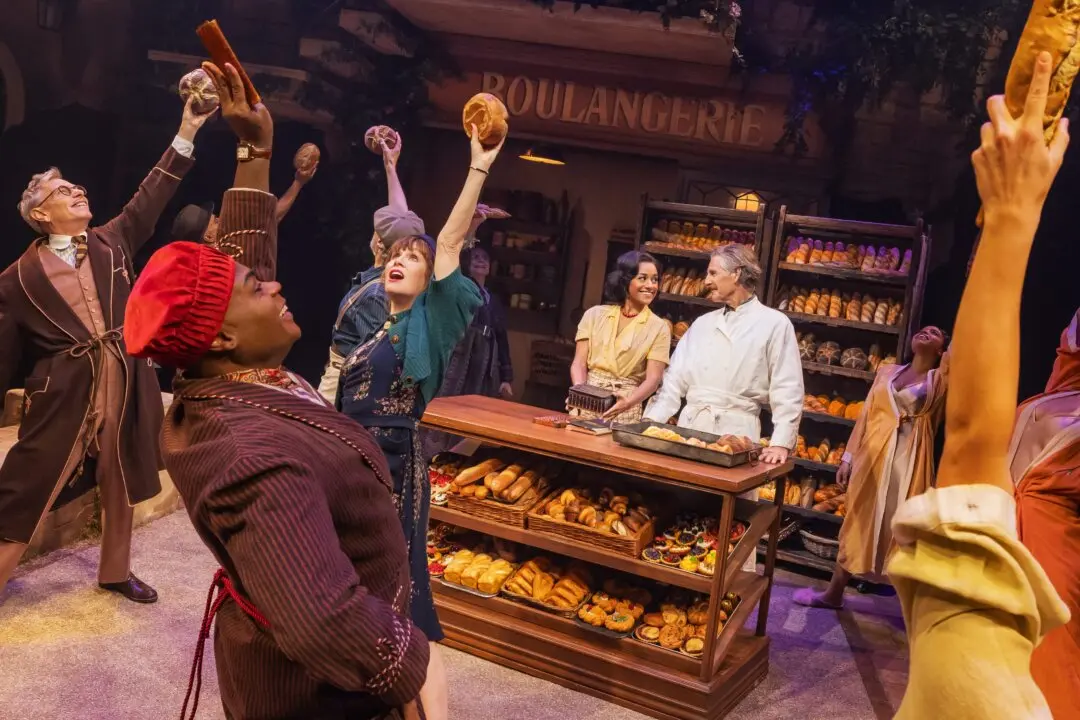NEW YORK—Just because something can be done, doesn’t mean it should be. Playwright Brian Friel makes clear this point in his bittersweet 1994 play “Molly Sweeney,” currently being revived by the Keen Company at Theatre Row.
Molly Sweeney (Pamela Sabaugh) is 41 years of age and lives in Ballybeg, Ireland. She works as a massage therapist in a health club, has many friends, and has been married to her husband, Frank (Tommy Schrider), for a little over two years. She is also unable to see, having lost her sight when she was 10 months old. Though still able to detect the difference between light and shadow, she is, for all practical purposes, blind.





